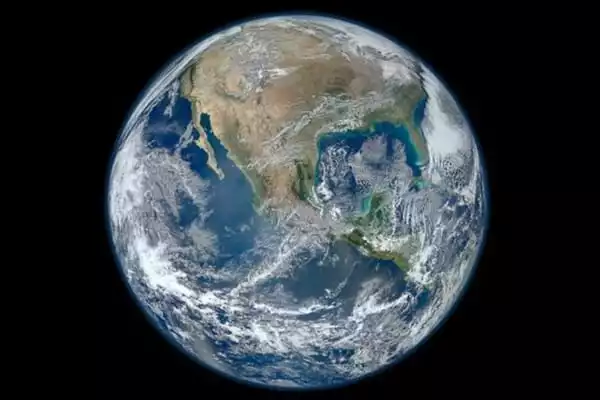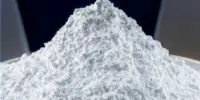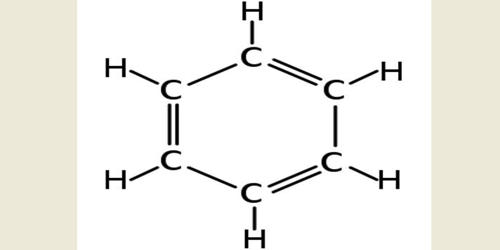Life is coeternal with matter and has no beginning; life appeared on Earth at the time of its formation or shortly after. A series of progressive chemical reactions resulted in the emergence of life on the early Earth. Such reactions could have been inevitable or necessitated one or more highly improbable chemical events.
Researchers have discovered a new clue in the search for the origin of life by demonstrating that peptides can form on dust in conditions similar to those found in space. These molecules, which are one of the fundamental building blocks of all life, may have originated in cosmic molecular clouds rather than on our planet.
Even the timing of life’s emergence is debatable. All we know for certain is that it occurred after the Earth formed 4.5 billion years ago, but before 3.4 billion years ago – the time of the oldest confirmed fossils.
Chains of amino acids
All life as we know it is made up of the same chemical components. These include peptides, which serve a variety of functions in the body, such as transporting substances, accelerating reactions, and forming stabilizing scaffolds in cells. Peptides are made up of individual amino acids that are arranged in a specific order. The precise order determines the final properties of a peptide.
Our quantum chemical calculations now show that the amino acid glycine can be synthesized by combining an amino ketene with a water molecule. Simply put, for the first reaction step, water must be added, and for the second, water must be removed.
Dr. Serge Krasnokutski
One of the mysteries surrounding the origin of life is how these versatile biomolecules came to be. The presence of amino acids, nucleobases, and various sugars in meteoroids, for example, indicates that this origin could be extraterrestrial in nature. However, in order for a peptide to be formed from individual amino acid molecules, very special conditions that were previously thought to be more likely to exist on Earth are required.
The first step requires water, while for the second step, there must be no water
“Water plays an important role in the traditional way of producing peptides,” says Dr. Serge Krasnokutski of the Max Planck Institute for Astronomy’s Laboratory Astrophysics and Cluster Physics Group at the University of Jena. Individual amino acids join together to form a chain during this process. This requires the removal of one water molecule at a time.
“Our quantum chemical calculations now show that the amino acid glycine can be synthesized by combining an amino ketene with a water molecule. Simply put, for the first reaction step, water must be added, and for the second, water must be removed.”
With this knowledge, the team led by physicist Krasnokutski was able to demonstrate a reaction pathway that can occur under cosmic conditions and does not require water.

“Instead of taking the chemical detour through which amino acids are formed, we wanted to see if amino ketene molecules could not be formed instead and combine directly to form peptides,” says Krasnokutski, describing the basic idea behind the work. “And we did this under the conditions that prevail in cosmic molecular clouds, that is to say on dust particles in a vacuum, where the corresponding chemicals are abundant: carbon, ammonia, and carbon monoxide,” he adds.
Substrates that serve as a model for the surface of dust particles were brought together with carbon, ammonia, and carbon monoxide in an ultra-high vacuum chamber at about one quadrillionth of normal air pressure and minus 263 degrees Celsius.
“Investigations revealed that the peptide polyglycine was formed from the simple chemicals under these conditions,” Krasnokutski says. “These are thus chains of the very simple amino acid glycine, with varying lengths. The longest specimens were made up of eleven amino acid units.”
The German team was also successful in detecting the suspected amino ketene in this experiment. “The fact that the reaction can take place at such low temperatures is due to the amino ketene molecules being extremely reactive. They react with one another to form a polymer. Polyglycine is the end result of this.”
Quantum mechanical tunnelling effect might play a role
“However, it was surprising to us that the polymerization of amino ketene could occur so easily under such conditions,” Krasnokutski says. “This is due to the fact that an energy barrier must be overcome in order for this to occur. However, it is possible that a special effect of quantum mechanics will assist us in this. A hydrogen atom moves during this special reaction step. However, it is so small that, as a quantum particle, it could not overcome the barrier but could simply cross it via the tunneling effect.”
Now that it is clear that not only amino acids, but also peptide chains, can be formed under cosmic conditions, we may need to look not only to Earth, but also further into space, when investigating the origins of life.
















